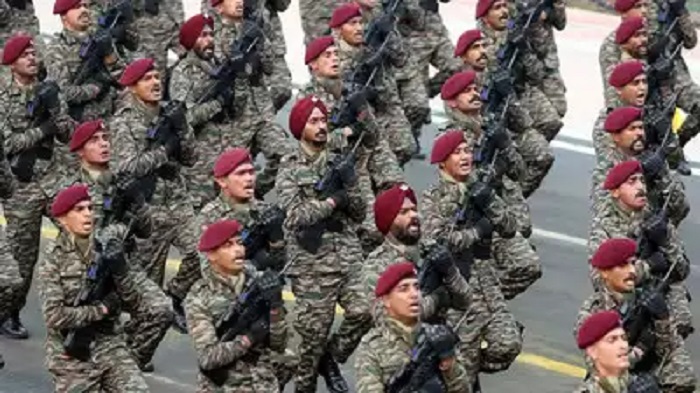
Launching yet another acquisition project for drones, the Army is now looking to induct 750 mini remotely-piloted aerial vehicles (RPAVs) for the elite Para-Special Forces to execute covert missions behind enemy lines.
“The current volatile situation along the northern borders with China warrants expeditious procurement of RPAVs,” the Army said on Tuesday. The man portable RPAVs, each weighing less than 2-kg with an endurance of 30 minutes, will be acquired through the fast-track procedure under emergency procurements in the “Buy (Indian)” category.
“The RPAVs will be force-multipliers as potent situational awareness devices to provide day-and-night surveillance, along with the ability to scan the target area and provide a processed 3D scanned image of the target to execute special missions,” an officer said.
The drones, with day-and-night thermal cameras and capable of vertical take-off and landing, will enable the Para-Special Forces to “execute pin point precision strikes during direct action tasks such as raids, elimination of high-value targets, command and control elements, including enemy leadership”, the officer added.
Drawing lessons from recent conflicts ranging from Armenia-Azerbaijan to Russia-Ukraine amidst the continuing military confrontation with China in eastern Ladakh, the 12-lakh strong Army has kicked off several acquisition projects for different kinds of drones over the last two months, as was reported by TOI earlier.
They include kamikaze drones, armed drone swarms, logistics drones, surveillance quadcopters for infantry battalions and the like. For artillery regiments, the Army is going in for indigenous procurement of 80 mini remotely piloted aircraft systems (RPAS), 10 runway-independent RPAS, 44 upgraded long-range surveillance systems and 106 inertial navigation systems to better direct long-range and high-volume firepower at enemy targets.
Then, apart from the ongoing induction of the first batch of `loitering munitions’ or kamikaze drones, the Army also wants to buy 12 sets of autonomous surveillance and armed drone swarms (A-SADS), each with 50-75 artificial intelligence-enabled aerial vehicles capable of communicating with control stations as well as among themselves.
While seven of these sets are meant for high-altitude areas with China, the other five drone swarms are for operations in desert areas and plains along the borders with Pakistan, as reported by TOI earlier. (TOI)